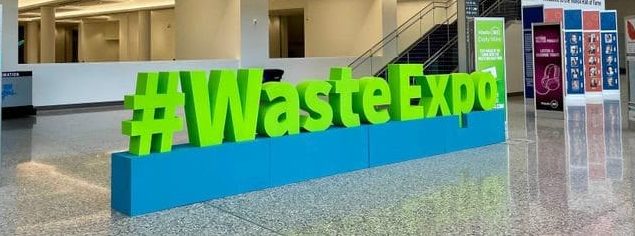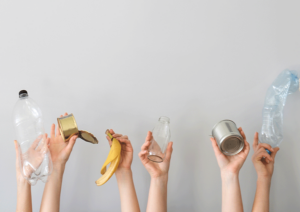In communication and outreach practices, there’s a simple change model called KAB — knowledge, attitude, behaviour.
The principal behind this model is pretty straightforward: when someone has knowledge about a topic or issue, they then develop an attitude about that issue, which leads to a behaviour that addresses that issue.
In the case of waste diversion education, the aim is that the KAB model leads to a responsible environmental behaviour.
For example, you learn plastic shopping bags in the water are killing sea turtles (knowledge). This fills you with a sense of dread or outrage (attitude). You decide to use reusable shopping bags instead of taking plastic shopping bags (behaviour).
Pretty simple and straightforward.
This model also becomes continuous — ideally, each arrival at a responsible environmental behaviour will jump start a desire to know more, think/feel more, do more.
When it comes to waste diversion communications, how do you think municipalities and haulers are doing moving residents through the KAB model?
Are municipalities and haulers focusing a lot on knowledge (“put these items in your recycling bin”) but coming up short on attitudes (feelings about the importance or benefits of recycling)? Do residents have enough knowledge?
Curious about Recycling Communications Best Practices? Subscribe here for updates!
[mc4wp_form id=”817″]





